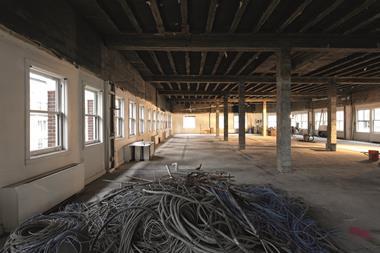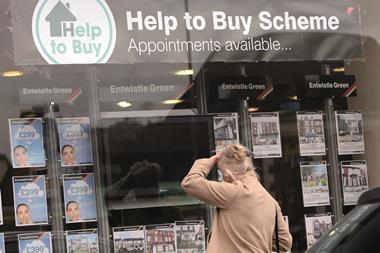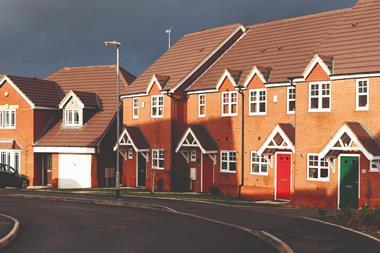Last week, Network Rail and the Homes and Communities Agency announced they will be working together to maximise development opportunities around stations.

However, to fully realise the potential that these opportunities present, it’s vital these public sector bodies harness the best level of creativity and innovation from a planning and placemaking perspective.
Railways running through urban areas can be considered in the same way as hosepipes irrigating a desert from an urban regeneration point of view. If there are no taps, then the desert stays dry.
If a station has an inviting series of public spaces, people will be encouraged to stay, to dwell, to spend and to invest.
Compare Clapham Junction with St Pancras. The welcoming experience at the latter starts as the doors open on the train and one stares in awe at the inspiring roof above.
This is followed by the champagne bar; then there is the quality of the shops, the cafés and the free-to-play pianos. At Clapham Junction, there is nothing at all to suggest that you might have arrived in the middle of an attractive part of London and as a result all people do is change trains and get out as soon as they can.
As we invest in transport infrastructure, we must not forget that to maximise development we must use the power of place - that means understanding the human experience, not just tweaking a computer-generated image.
Stuart Robinson, chairman of UK planning, CBRE






























No comments yet